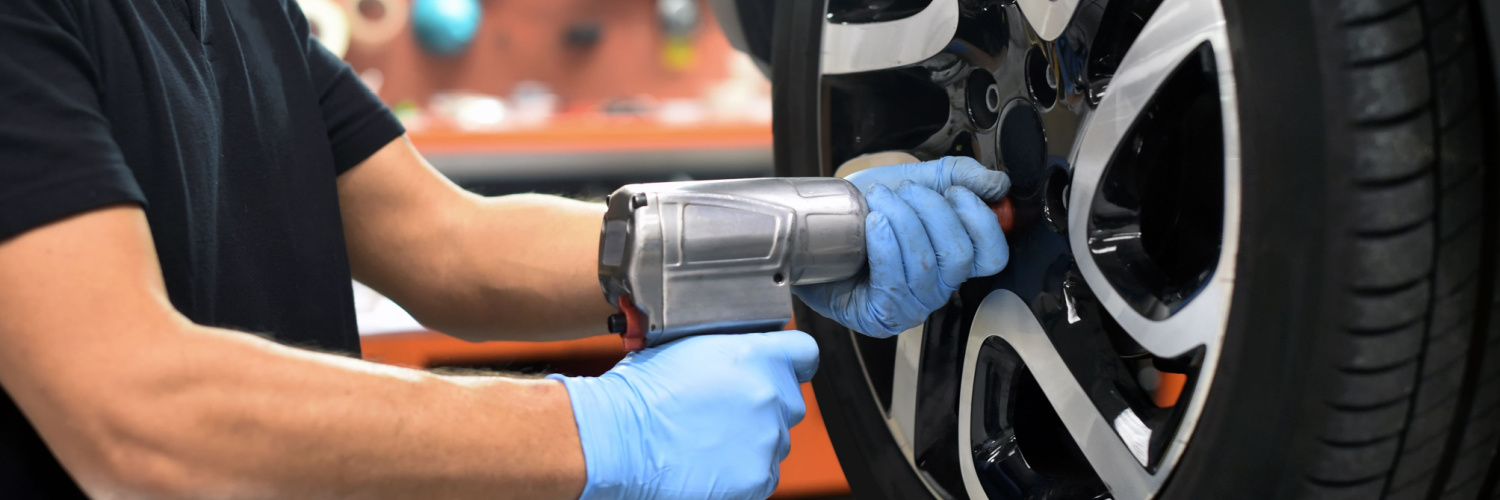Tire Replacement FAQ: Answering Ontario Drivers’ New Tire Questions
May 10, 2023
Tires

The results of a new Leger study by the Tire and Rubber Association of Canada (TRAC) suggest that Ontario drivers simply don’t know enough about tire replacements—and it could be costing them!
Survey results indicate that:
- The majority of drivers do not know the difference between repairable and irreparable tire damage
- Nearly two-thirds of drivers do not know whether mixing tires is acceptable or not
- Many drivers struggle to find quality tire replacement shops
- Many drivers put off necessary tire replacements due to concerns about tire replacement costs
Clearly, there is a lot of misinformation out in the world, and, even in the Age of Information, Ontario drivers still have plenty of unanswered questions about basic tire replacement services.
But don’t worry—your local TIRECRAFT is here to help. Read on to clear up some common tire replacement misconceptions and get answers to the most-asked questions of 2023, or contact your local TIRECRAFT to speak directly with a tire replacement specialist in your area.
Tire Replacement FAQ: Ontario Drivers’ Top-5 New Tire Questions
1. “How Can I Tell I Need A Tire Replacement Instead Of A Repair?”
Not every flat tire will require a full-on replacement. If the puncture is on the tire crown (i.e. the center tread area, where your rubber meets the road), it can likely be repaired. Some restrictions apply, but your local TIRECRAFT tech can tell you one way or the other as part of your free consultation.
But while most tire punctures can be repaired, you will likely need a tire replacement if:
- Your tires are more than 6 years old. Check the manufacturing date on the sidewall. It will be displayed as a 4-digit number (e.g. 0521), where the first two digits represent the week and the last two represent the year. In our example, these tires were made in the fifth week of 2021, so they should still be road-worthy.
- Your tires show signs of serious sidewall damage. The Highway Traffic Act mandates that tires must be replaced if they have exposed cords, deep sidewall cuts, or any visible bumps and bulges.
- Your treads are worn bald. Transport Canada says drivers must replace tires once the treads are worn less than 1.5millimeters deep.
- Your tires show signs of dry rot. Also known as “sidewall weathering,” dry rot occurs when your tires’ essential oils leech away, leading to visible cracking, wrinkling, and flaking in the sidewall. If you see any of these signs, it’s time for a replacement.
2. How Do I Find A Quality Tire Replacement Shop?
While every consumer has different needs and preferences, Ontario drivers are generally advised to look for shops with:
- Industry-compliant signage detailing their policies for part returns, pricing, and estimates
- A clean track record on Ontario’s Consumer Beware List
- Positive reviews on third-party websites (e.g. Google My Business, Yelp, Facebook)
- A strong selection of tire brands, indicating they have met the manufacturers’ quality control and Code of Conduct requirements
- A minimum 5,000km / 3-month warranty on all parts and labour—or better yet, TIRECRAFT’s 20,000km / 1-year guarantee
To book a free consultation at a TIRECRAFT tire replacement shop near you, get in touch with our local experts.
3. Can I Mix Tire Brands Or Tread Patterns During Tire Replacements?
We do not recommend mixing brands and tread patterns. No reputable shop will.
Remember: all 4 tires spin independently of one another, and any variation in tread depth, size, or design can cause them to spin at different speeds, leading to unpredictable handling and potential drivetrain damage.
If mixing is unavoidable due to availability issues, budgetary constraints, or emergency situations, you should:
- Keep identical pairs on the same axle
- Make sure the load indexes and speed ratings are higher than the manufacturer’s recommended minimum
- Place the tires with the higher load index or speed rating on the rear axle
- Fit newer tires with deep tread onto the rear axle
4. Do I Have To Replace All 4 Tires At Once?
It is always best to replace all 4 tires together, as this will prevent any discrepancies in tread wear or tire age that could cause further problems down the line.
5. How Much Does Tire Replacement Cost?
The price of a full tire replacement varies considerably depending on the size and type of tire in question, but whatever it ends up costing you, your local TIRECRAFT can help you save with:
- Fair pricing on all tires, parts, and labour
- Full access to official tire rebate programs
- Exclusive tire savings and service discounts
- One-stop shop service for better bundling
- Customer loyalty rewards
- FREE tire repairs and rotations through our national warranty program, and more!
To get a free quote on your tire replacement, contact your local TIRECRAFT.
Back

